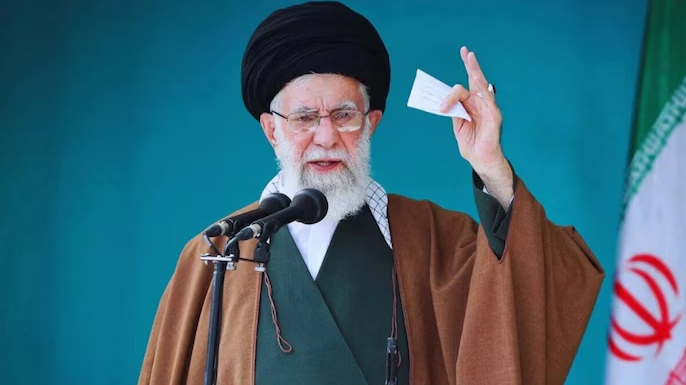In a groundbreaking announcement, Dr. Sachinanda Babu from NASA revealed the potential of satellite data to predict the "boom or bust" of fisheries at the inauguration of the IEEE Geoscience and Remote Sensing (GRSS) Student Chapter at Manipal Institute of Technology (MIT), Bengaluru.
“The ocean is a constantly moving fluid that houses the largest three-dimensional living space on Earth, supporting various habitats,” Dr. Babu explained. Highlighting the challenges and opportunities in marine ecosystems, he noted, “While today's satellites measure phytoplankton at the ocean surface, they can't detect species diversity. For the first time, the NASA PACE mission will help predict fisheries' fluctuations and identify marine hazards like harmful algal blooms.”

Dr. Babu, Technology Program Manager at NASA’s Earth Science Technology Office, stressed the importance of these advancements for environmental monitoring and management. He encouraged students to harness space-based observations to comprehensively understand Earth's resources, atmosphere, and oceans.
The event, hosted by GRSS and the ECE Department at MIT Bengaluru, aims to empower geoscience and remote sensing students. “We are excited to officially open the MIT Bengaluru IEEE Geoscience and Remote Sensing Student Chapter,” Dr. Babu said. “This will link theoretical knowledge with real-world application, offering students exclusive research opportunities and the chance to develop groundbreaking solutions to urgent problems.”
Dr. Madhu Veeraraghavan, Pro Vice Chancellor of MAHE BLR, emphasized the chapter's role in enhancing academic experiences. “This establishment is a significant step toward enriching our students' academic journey. They will have an unmatched opportunity to learn about cutting-edge remote sensing technology, encourage creativity, and delve into geosciences.”

Dr. Ujjwal Verma, Head of the Department of Electronics and Communication Engineering and Faculty Advisor for the IEEE GRSS Student branch, highlighted the collaborative platform provided by IEEE GRSS. “Our student branch will organize various events, including workshops and lectures by ISRO, NASA, and ESA experts, as well as field visits to ISRO and DRDO facilities,” he said.
Dr. Jagannath Korody, Director of MIT Bengaluru, Dr. Balachandra Achar, IEEE SB Advisor, and other dignitaries attended the inauguration ceremony.
Manipal Academy of Higher Education (MAHE) Bengaluru, established in 1953, is a top-ranked institution recognized for its academic excellence and research contributions. Designated as an Institution of Eminence by India's Ministry of Education in 2020, it offers a transformative learning experience with state-of-the-art infrastructure, expert faculty, and a tech-enabled, inspiring campus environment.

















